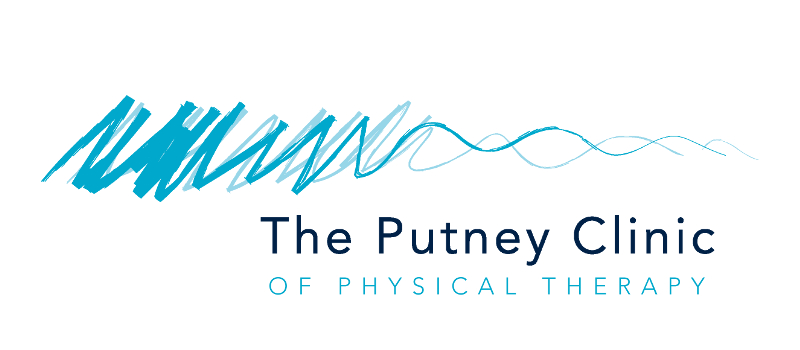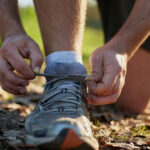Are you thinking about returning to exercise? Getting back into the swing of things can be daunting. Research suggests that enforcing a new behaviour will take anything from 18-200 days to become ingrained as a habit. Bearing this in mind, here are a 6 top tips to ensure returning to exercise is as smooth a transition as possible.
Make sure your goals are SMART
When returning to exercise, try to break big goals down into smaller more achievable steps. This method will ensure you are working towards goals that are SMART:
- Specific
- Measurable
- Agreed-upon
- Realistic
- Time-sensitive
Instead of resolving to “run more” or “go to the gym”, try to re-frame this in terms of the SMART criteria. For example: “This month, I am going to run home from work; go to the gym three times each week or sign up to a 5k/10k run in June.”
Use an activity tracker or planner
There are lots of different options in the ever expanding health-tech market, but they all pretty much do the same thing; monitor your activity levels, sleep and calorie expenditure. Keeping activity/ food diaries is an excellent way to ensure that you stick to the SMART goals you have set yourself. Studies show that you are more likely to stick to a fitness/ diet plan if you keep a diary. MyFitnessPal is a great free app to use that allows you sync your phone/ activity tracker and input your food intake.
Ensure you are well fuelled
If your exercise/activity levels are increasing, it is very important to ensure you are sufficiently fuelled. The average adult male/ female needs 2500/ 2000 calories per day to ensure healthy bodily processes. Strength training and building muscles need amino acids and proteins as their building blocks. With this in mind, try to optimise your protein intake either before or after your gym routine . This would ideally be within 30 mins of ceasing exercise.
Aerobic/ endurance exercise like running, cycling and swimming requires a slower release of energy. This would ideally come in the form of carbohydrates. Water consumption is vitally important for all bodily processes. Therefore you should try to take on board some water before, during and after your exercise.
Stretch after exercise
Most of the patients that I see at the clinic have developed problems as they have never picked up the habit of cooling down or stretching after exercise. Think of stretching and cooling down like brushing your teeth. If you don’t brush your teeth today, your breath will smell but it’s no big deal. If you don’t brush them for a week or so, you will start to notice some changes. If you leave it for months until you brush your teeth, you run the risk of developing gum disease. The same is true for stretching.
We get away with not stretching or cooling down after exercise when we are younger. However, we eventually we leave ourselves open to a variety of different musculoskeletal problems. Ideally, we should be stretching the major muscle groups (calves, quads, hamstrings, glutes, lower back) for at least 30 seconds (each) after you’ve gone for a run. If you ve been to the gym and worked on the chest, arms etc, these need to be stretched too. This ensures that your muscles tissue is as healthy as it can be and sets you up for your next session.
Increase exercise slowly and steadily
If you have taken a long break from exercising, you should not attempt to resume from where you left off. Let’s say your old routine was for 30 minutes. There is no point trying to jump straight back into doing 30 minutes as your body won’t be used to it. At the clinic, I see a lot of people who have developed tendon problems for precisely this reason.
Tendons don’t like sudden changes, which can come in many forms (speed, frequency, intensity, incline etc…). Tendons are also load dependent. If you load them too quickly too soon, they could start to grumble. To optimise your return to exercise, try to make sure that any increases are gradual. For example, a 30-minute runner may want to try a gentle 10-minute jog or even walk/ run initially.
Have a rest day in between exercise to help recover. If you’re feeling pain from the previous session, the level at which you exercised is enough for the moment. Only think about increasing once you feel ready to do so.
Avoid boom and bust
We are all guilty of this. We feel great, full of life and are ready to have a good session at the gym or go for a run. It’s easy to do exercise on days when we feel full of energy. It is much harder on days that we don’t. For this reason, it is extremely important to pace yourself. If we overdo it in a session, this may lead to us being unable to make our next one. Ensure you stick to your plan.
Appointments with Dermot
If you would like to make an appointment at The Putney Clinic of Physical Therapy, you can book online or call us on 020 8789 3881.







